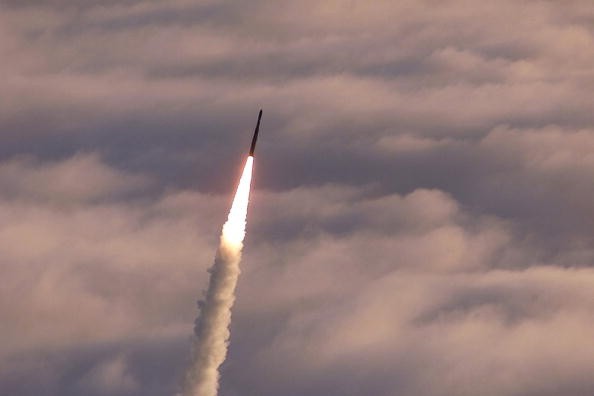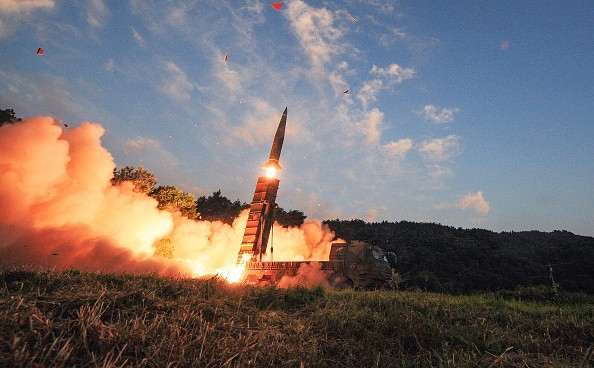China is allegedly working on more missile silos. These weapon containers were revealed by leaked satellite images. Some sources claimed that these silos are specifically designed for the country's most powerful ICBMs (Intercontinental Ballistic Missiles).
According to Business Insider's latest report, the Asian country is allegedly developing more underground silos from where its most destructive intercontinental ballistic missiles could be launched.

Right now, they are allegedly being built in the northern part of the country. Once they are finished, it is expected that they will have enough space and other capabilities to accommodate the DF-31AG and DF-41 missiles. These are considered China's most powerful ICBMs since they have a range of 10,000 km to 14,000 km (6,200 to 8,700 miles).
South China Morning Post reported that these two missiles were first unveiled by the People's Liberation Army Rocket Force or PLARF. Aside from this, China's PLARF also revealed footage of the country's newly improved stability of Dongfeng-26 or DF-26 ballistic missile.
Where are the new missile silos located?
Speculations stated that the country's new missile silos are located in the center of the Jilantai training base. They are placed within a total area of 200 square meters. On the other hand, these ICBM silos are also spaced between 2.2 kilometers and 4.4 kilometers apart.
This is because China wants to make sure that if one of the silos is attacked, the remaining missile containers and launchers, containing other powerful ICBMs, won't be affected.

Although this might be alarming news, China confirmed that it is not planning to use the missile silos containing nuclear weapons in the event of a conflict with other countries.
"Using silos is the most reliable counterstrike method, but these facilities are also key bombing targets for rivals because they're easier to spot using satellites," said Antony Wong Ton, a Macau-based military analyst, via SCMP.
"These ground-based facilities need to be supported by mobile launchers," he added.
How effective are these new ICBM silos?
These silos are capable of launching powerful ICBMs that can reach countries that are very far away from China. They are the most reliable and precise innovations to launch missiles and hit the desired targets. Song Zhongping, a former instructor with PLA's Second Artillery Corps, explained that these silos are also expected to boost nuclear deterrence. You can click here for more info.
For more news updates about China's new ICBM silos and other nuclear weapon innovations, always keep your tabs open here at TechTimes.
Related Article : Russia Claims New Radars Can Detect Possible Weapon Attacks! Here's How the New Systems Work
This article is owned by TechTimes.
Written by: Giuliano de Leon.
ⓒ 2025 TECHTIMES.com All rights reserved. Do not reproduce without permission.

![Best iPads that Students Can Use in School [2025]](https://d.techtimes.com/en/full/461431/best-ipads-that-students-can-use-school-2025.jpg?w=184&h=103&f=516289300e12e9647ef3d5bd69f49b70)


